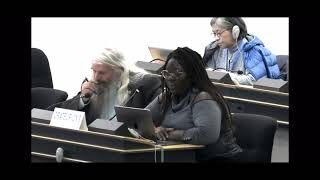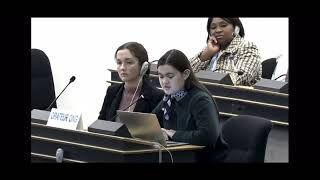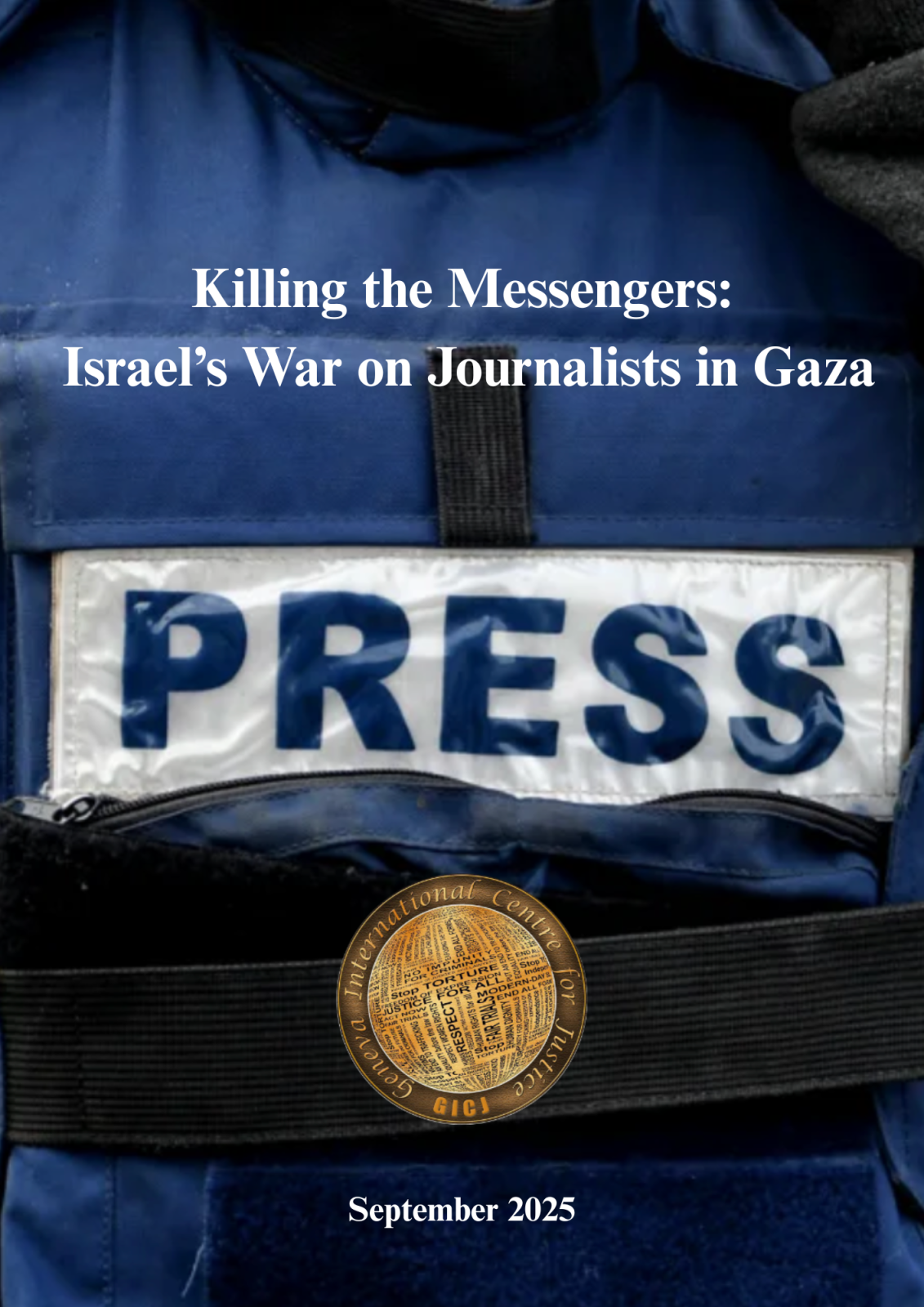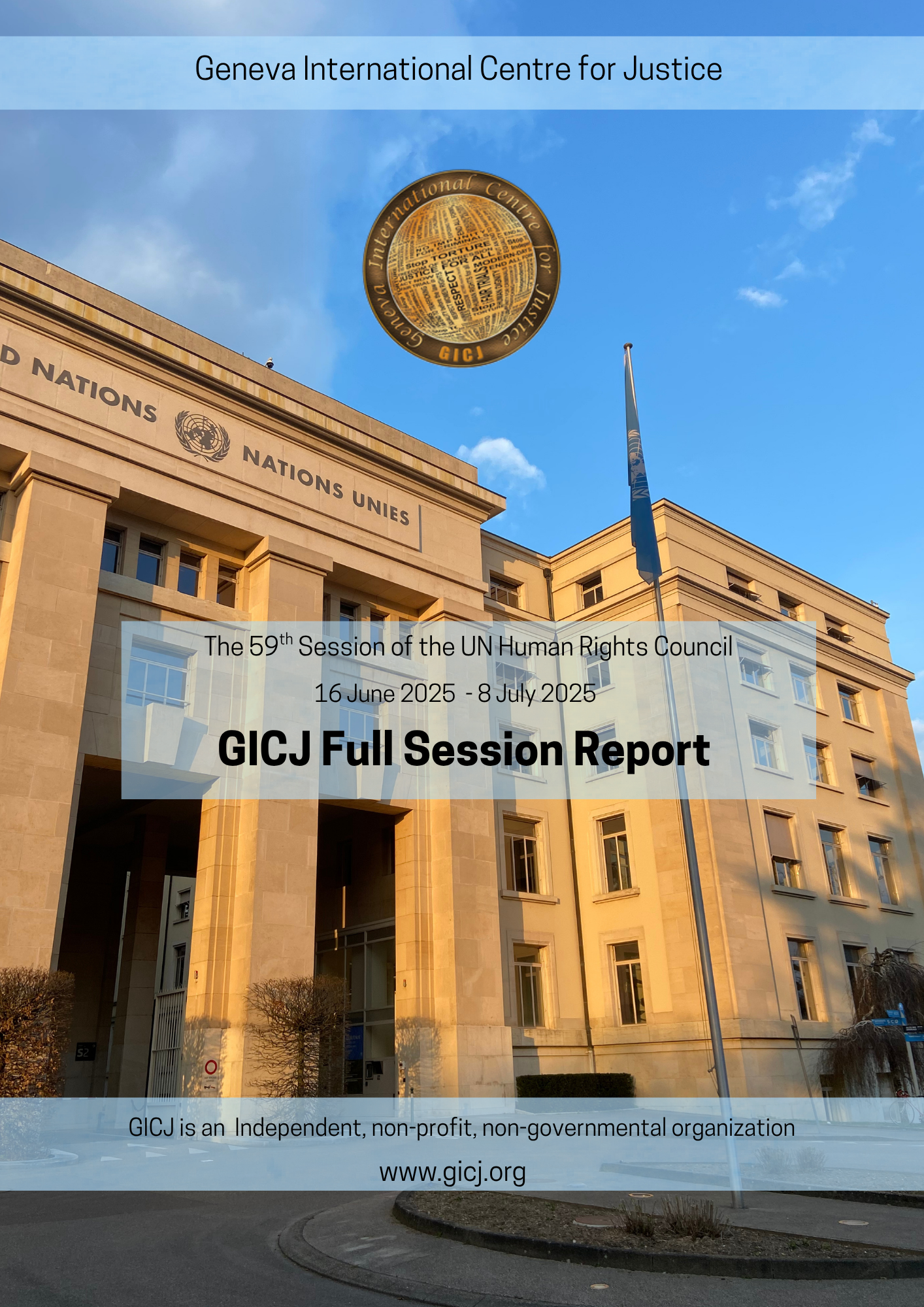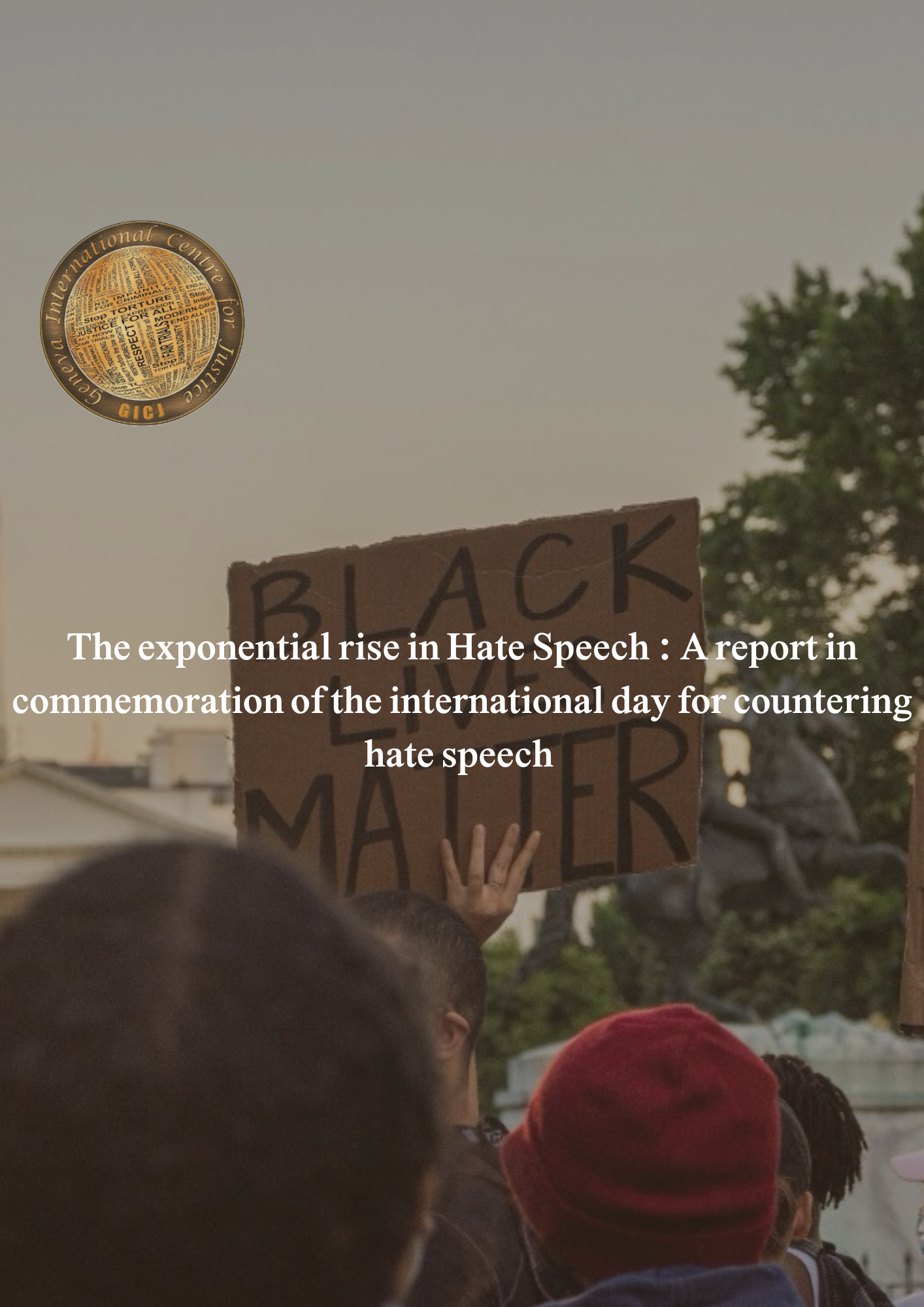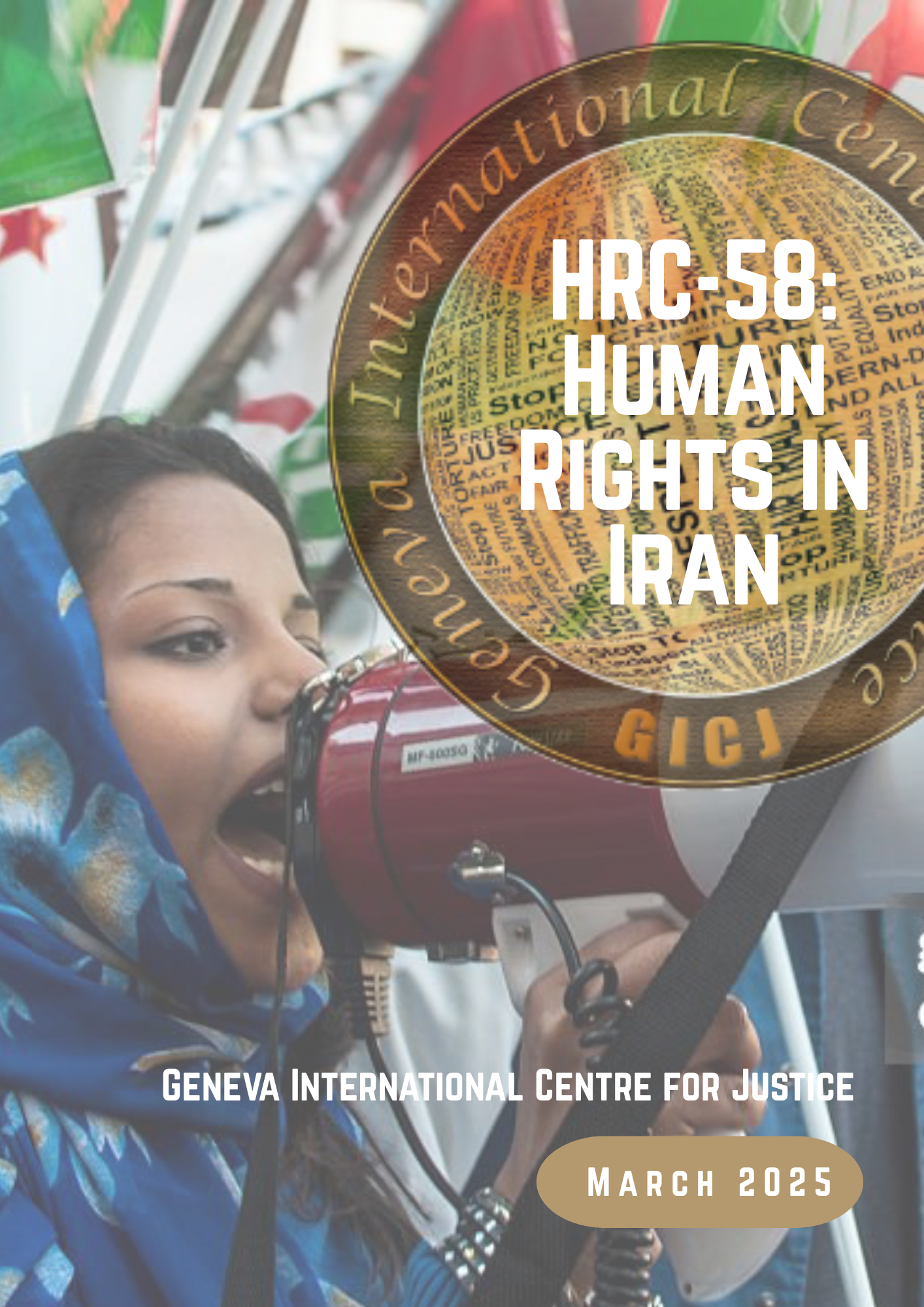By Kubrat Bidemi Ejibunu / GICJ
Introduction
It has been five arduous years since Myanmar's onslaught on the Rohingyas. The Myanmar military has executed planned attacks that have resulted in the widespread and targeted slaughter of Rohingya civilians. The Rohingya problem has a long and complicated history that has been exacerbated by factors such as the number of people involved, the frequency of recent events, the severity of humanitarian violations, the presence of struggling neighbouring states, and the Myanmar government's reluctance to provide reparation. These struggles date back to 1948, when the country gained independence from the British. Violent ethnic conflicts occurred amongst the Myanmar government and the Rohingya. In 1982, the government enacted the Citizenship Act (Burma Citizenship Law) which fails to recognise the Rohingya as citizens, thus, they have no protection under anti-discrimination laws. Since after this initiative, tensions and atrocities have intensified in the country. In the 1990s, more than 300,000 Rohingya arrived in Bangladesh. In 2012 and 2015, continuing violent conflicts in Rakhine state led to the displacement of additional Rohingya. In October 2016, following an attack on Myanmar border police officers, the military began a crackdown against Rohingya, holding them responsible for the insurrection. This resulted in an estimated 87,000 Rohingya seeking sanctuary in Bangladesh. The most recent military operation began late at night on the 24 August 2017, after armed Rohingya militants raided the military checkpoints in Rakhine. Reportedly, the military attacked with systemic sexual violence, looting, burning, and destroying entire communities [1]. In response to this genocide and ethnic cleansing, approximately 700,000 Rohingya have fled the state of Rakhine to the neighbouring country of Bangladesh for protection [2].
In February 2021, General Min Aung Hiang, commander of Myanmar's military and junta, staged a coup arresting prominent members of the democratically elected government, including de facto leader Aung San Suu Kyi, and compelling members of the ruling political party, National League for Democracy, into exile. Following the coup, several protests and movements of resistance occurred, particularly in the capital, Naypyidaw, resulting in a one-year state of emergency. It has also further created a 'persistent insurgency’ in the country [3]. The military dictatorship has employed torture, illegal imprisonment, and intimidation. As gunfire, explosions, and sirens have become the waking alarm for the residents of Myanmar, impunity has become the norm [4]. The majority of protestors have been young people who have utilised technology to organise strikes and protests despite limited internet access. Furthermore, the coup has increased living standards, with many individuals unable to afford necessities [5].
On the 22nd of July 2022, the International Court of Justice (ICJ), the highest court of the United Nations (U.N.), rejected Myanmar's preliminary objections to the case alleging genocide against the predominantly Muslim Rohingya minorities in the Rakhine state [6]. The ruling paves the way for the Gambia's lawsuit against Myanmar to proceed at the ICJ for the crimes of Genocide committed against the Rohingya[7]. In an unsurprising fifteen votes to one, judges at the U.N.'s highest court determined that it had jurisdiction as provided under the Genocide Convention to examine the proceedings initiated by the Gambia in 2019 against Myanmar.
Considering this, this article shall briefly consider and explore aspects of the case with a significant focus on the developments and rulings at the ICJ, the alleged complaints against Myanmar, preliminary objections, and provisional measures. Additionally, it shall explain the principle of 'erga omnes' under international law and conclusions regarding the case.
Reviewing The Timeline
 The case of The Gambia v. Myanmar began on 11th of November 2019 [8]. Here, Gambia ('The Gambia') filed legal proceedings against Myanmar ('Republic Union of Myanmar') for the latter country's claimed failure to comply with the Convention for the Prevention and Punishment of the Crime Genocide (hereinafter referred to as "the Convention") [9].
The case of The Gambia v. Myanmar began on 11th of November 2019 [8]. Here, Gambia ('The Gambia') filed legal proceedings against Myanmar ('Republic Union of Myanmar') for the latter country's claimed failure to comply with the Convention for the Prevention and Punishment of the Crime Genocide (hereinafter referred to as "the Convention") [9].
These proceedings follow a string of unfathomable atrocities in which the Southeast nation of Myanmar was globally condemned for ethnic cleansing and genocide against the Rohingya minority group in the state. As a brief context, The Rohingya are a Muslim ethnic minority population predominantly residing in Myanmar formerly referred to as Burma[10]. They originate from the southwestern coastline of Myanmar in the state of Rakhine, co-existing alongside the Buddhists. However, this cohabitation has often been fraught with ethnic tensions[11]. Thus, this has led to the persecution of the Rohingya, a recurring trend with severe casualties. The trigger that precipitated the significant departure of the Rohingya from Myanmar to Bangladesh occurred in 2017 in the often referred to as "clearance operations". The conflict is further amplified by economic hardship, social inequality, and language barriers. The government of Myanmar has repeatedly refused to provide citizenship to the Rohingya despite the significant presence of Rohingya communities in the country for years, a predominantly nationalist Buddhist country. Since the 1970s, large numbers of Rohingya have moved around the region. It is estimated that 1.3 million Rohingya resided in the country before the 2017 crisis [12]. According to the United Nations High Commissioner for Refugees (UNHCR) data on the Rohingya, there are currently over 943,000 Rohingya refugees in Bangladesh, with Kutupalong and Nayapara Refugee Camps in Bangladesh Cox’s Bazar region being the most densely populated [13].
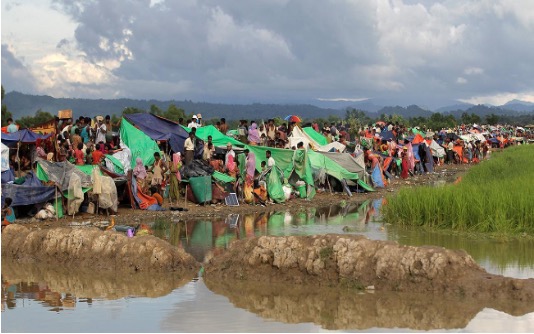
At the 51st regular session at the United Nations Human Rights Council held from 12th September to 7th October 2022, the Special Rapporteur on the human rights situation for Myanmar, Thomas Andrews presented an oral update at the session on 21st September 2022. The Special Rapporteur noted that ‘conditions on the ground have gone from bad to worse to horrific’. In particular, the Special Rapporteur focused on infringements of children rights, existence of landmines, and rising food crises. The Special Rapporteur calls on the international community to ‘re-evaluate the way it is not reacting to it’. Also, the Independent Investigative Mechanism for Myanmar (IIM) presented a summary of its 4th annual report A/HRC/51/4 on 22nd September 2022 in accordance with its mandate and it focuses on actions taken by the mechanism between 16 June 2021 to 30 June 2022 [14]. The IIM possesses an all-encompassing authority that follows similarly the ceased mission of the Independent International Fact-finding Mission on Myanmar (IIFFMM), previously tasked with compiling evidence and events of human rights and humanitarian law violations in the country. The 4th annual report highlighted sufficient evidence collected to date that details widespread and systematic attacks against civilians since the military takeover in February 2021. It includes evidence of possible grave international crimes in new regions of Chin, Kayin and Kayah in addition to the major cities remaining intensified in the territory. More than that, the report maintained vigilant surveillance of developments and situations in Rakhine state against the Rohingya. The report includes allegations of increased limitation on Rohingya’s freedom of movement, as well as a considerable impact of hostilities and tensions over the last year.
The case between the Gambia v. Myanmar marks a non-injured state submitting an application against the responsible state for lack of compliance with the Genocide Convention before the ICJ. The precursor to this suit began in May 2019 during an Organisation of Islamic Cooperation(OIC) conference that included discussions about the Rohingya [15]. The OIC Council of Foreign Ministers unanimously approved a resolution to refer the Rohingya's legal protection to the ICJ. The Gambia promptly consented to initiate the process with the assistance of the 57-member state organisations [16]. The organisation reaffirmed its support for the ad-hoc ministerial committee on human rights abuses against the Rohingya in Myanmar by utilising all international legal mechanisms to bring perpetrators against Rohingyas to justice. Furthermore, it demanded that impacted individuals and communities have open and unfettered access to humanitarian aid [17]. Through an application submitted at the registry of the ICJ, the Gambia claims in its application that the government of Myanmar ‘adopted, accepted and sanctioned violent acts against the Rohingya people’. The Gambia alleges that several of these events are linked directly to Myanmar and as such constitute a clear violation of the Genocide Convention [18]. Reference was made in the application to article 41 of the ICJ statute and article 73, 74 and 75 of the Rules of Court in support of a request for the declaration of provisional measures. The Gambia claims in its request that Myanmar is still committing ‘genocidal acts’ towards the Rohingya people. Furthermore, the Rohingya who are presently in Myanmar are in imminent danger of being subjected to genocide, and that immediate action is required to minimise risk of persistent irreparable harm to rights and protections granted by the Genocide Convention [19].
Provisional Measures
Provisional measures are used when a state recognises or suspects that there is an 'ongoing legal breach' that will cause greater suffering, harm and loss to the situation, while the court evaluates underlying issues. Following this, according to article 41 of the International Court of Justice Statute, the Gambia petitioned the ICJ [20]. In this case, the Gambia was concerned about additional harm or suffering to the Rohingya community and urged the court to allow respective interim measures, which included:
"Requiring Myanmar to exert control over any non-state actors, requiring Myanmar to immediately stop all acts that could be construed as violations of the Genocide Convention; requiring Myanmar to preserve evidence and explicitly forbidding it from destroying which might relate to genocidal acts; order both the Gambia and Myanmar not to do anything that would further aggravate or extend the existing dispute" [21].
Given this, the International Court of Justice imposed provisional measures on the 23rd of January 2020, requiring the Myanmar government to halt any genocidal actions against the Rohingya, to guarantee that the military and other security services do not commit genocidal acts, and to make measures to protect relevant evidence [22] . The court ordered Myanmar to report within 4 months and, after that, every 6 months on its implementation and compliance with interim measures. It is important to note that provisional measures issued by the international court of justice are legally binding on the parties to the dispute. However, the case's processes have encountered contemporary concerns, most notably the global COVID-19 health pandemic and the infamous 1st of February 2021 military coup. The Myanmar military unlawfully seized control of the region in an unconstitutional and violent coup. Several demonstrators were killed, State Counselor Aung San Suu Kyi and President Win Myint were imprisoned along with several politicians. It re-invigorated internal disputes in the country and other complexities for Myanmar's participation in ICJ proceedings. For Tun Khin, head of the Burmese Rohingya Organisation in the United Kingdom, he believes the filing of objections by Myanmar is only a ploy to stall the process while the persecution of the Rohingya continues unabated. Despite a prior court decision urging Myanmar to do everything it can to protect Rohingya from genocide, the lawsuit, which will take years, what unfolds has been described as "laws and policies meant to make life unpleasant and push Rohingya out of Myanmar are part of the genocide and persist " [23]. In response to these events, the court determined on the 26th of May 2021 to grant the Gambia's application and extend the time limits for filing the Memorial from the 23rd of July 2020 to October 2020 and the Counter-Memorial from January 2021 to the 23rd of July 2021 [24].
Assessing Obligation 'Erga Omnes Parte' And 'Locus Standi'
With regards to 'erga omnes partes', these are obligations owed by all state parties to a multilateral treaty. It focused on the collective interests of the state parties. In international law, when an obligation erga omnes are violated, the legal interests of all state parties are affected, regardless of whether they suffered direct harm. Consequently, each state is permitted to initiate legal action against the state contravening or breaching the obligation. The convention requires states to fulfil duties that prohibit and criminalise genocide in their territories.
The Gambia argued that being a signatory to the Genocide Convention, whose responsibilities are 'erga omnes partes', is a valid proof of legal standing without the need to demonstrate tremendous interest. Article VIII provides that:
"Any contracting party may call upon the competent organs of the United Nations to take such action under the charter of the United Nations as they consider appropriate for the prevention and suppression of acts of Genocide" [25].
Further development can also be found under the Responsibility of States for Internationally Wrongful Act 2001, as it fosters maintaining the erga omnes obligation [26]. It is provided in Article 40, "This chapter applies to the international responsibility which is entailed by a serious breach by a state of an obligation arising under a peremptory norm of general international law. A breach of such an obligation is serious if it involves a gross or systematic failure by the responsible state to fulfill the obligation" and Article 41: "States shall cooperate to bring to an end through lawful means any serious breach within the meaning of article 40" [27]. To file a claim against a state for breach of a duty erga omnes parte, the courts must not only have jurisdiction to hear the case, but also meet all other conditions of admission, nationality of claims, and exhaustion of local remedies, amongst other factors [28].
However, a different issue concerned the Gambia's locus standi, or legitimacy to initiate actions before the court. Myanmar contended that the Gambia lacked standing to bring a case against the country primarily because it was not directly harmed by the alleged violations. As a signatory to the Genocide Convention, Myanmar recognised the Gambia's stake in the country's adherence to the convention's terms. Still, Myanmar insisted that only a state directly harmed by Myanmar's breach may initiate legal proceedings [29]. Furthermore, Myanmar had argued that the ICJ lacked jurisdiction to entertain the case based on admissibility. However, the ICJ disagreed with this provision and held that:
"Any state party to the Genocide Convention and not only a specifically affected state may invoke the responsibility of another state party to ascertain the alleged failure to comply with its obligation erga omnes partes, and to bring that failure to an end… The Gambia has prima facie standing to submit the dispute with Myanmar based on alleged violations of obligations under the Genocide Convention" [30].
Additionally, in the published order of 22nd July 2022, the court's president, Judge Joan E. Donoghue, noted that in the judgment that the Court "found that it had jurisdiction, based on Article IX of the Genocide Convention, to entertain the Application filed by The Gambia on 11th November 2019 and that the said Application was admissible"[31]. The date for Myanmar to submit its counter-memorial is set for April 24, 2023.
GICJ Position
Geneva International Centre for Justice firmly reiterates the plight of the Rohingya minorities of Myanmar. We demand justice and accountability for the unfair persecution against the Rohingyas in accordance with international human rights law. We appraise and support the Gambia’s role in initiating court proceedings against Myanmar at the International Court of Justice. We urge the international community to assist and support the Rohingya by implementing their international obligations.
Myanmar, Genocide, The Gambia v. Myanmar, International Court of Justice, GICJ, Geneva International Centre for Justice, ICJ, Rohingya, Refugees, Justice, Accountability
Sources
[2] Ibid
[4] https://www.channelnewsasia.com/asia/myanmar-military-coup-feb-1-2021-one-year-2470541
[5] Ibid
[6] https://www.icj-cij.org/public/files/case-related/178/178-20220722-JUD-01-00-EN.pdf
[7] Ibid
[8] Application Instituting Proceedings and Request for Provisional Measures, filed by The Gambia on 11 November 2019, 2019 General List No. 179, the International Court of Justice, [referred to as ‘The Gambia v Myanmar’, 2019]
[9] Convention on the Prevention and Punishment of the Crime of Genocide (adopted 9 December 1948, Convention on the Prevention and Punishment of the Crime of Genocide (adopted 9 December 1948, entered into force 12 January 1951), 78 UNTS 277 (referred to as ‘the Genocide Convention’)
[12] The Countries With The Highest Population Of Rohingya People - WorldAtlas
[13] https://www.unhcr.org/rohingya-emergency.html
[14] https://undocs.org/A/HRC/51/4
[15] https://www.oic-oci.org/docdown/?docID=4496&refID=1251
[16] Ibid
[17] https://www.icj-cij.org/public/files/case-related/178/178-20191210-ORA-01-00-BI.pdf
[18] Ibid
[19] Statute of the Court | International Court of Justice (icj-cij.org)
[20] https://www.icj-cij.org/public/files/case-related/178/178-20200123-SUM-01-00-EN.pdf
[21] Ibid
[22] https://www.icj-cij.org/public/files/case-related/178/178-20220722-ORD-01-00-EN.pdf
[23] The Genocide Convention 1948, Article VIII
[24] https://legal.un.org/ilc/texts/instruments/english/draft_articles/9_6_2001.pdf
[25] Ibid
[26] The Genocide Convention 1948
[28] https://www.icj-cij.org/public/files/case-related/178/178-20210120-WRI-01-00-EN.pdf
[29] https://www.icj-cij.org/public/files/case-related/178/178-20200123-SUM-01-00-EN.pdf
[30] Ibid
[31] Ibid
Image Source #1: https://www.flickr.com/photos/romanboed/49795186372/in
Image Source #2: https://www.flickr.com/photos/154862807@N08/37792908581/in/photolist




